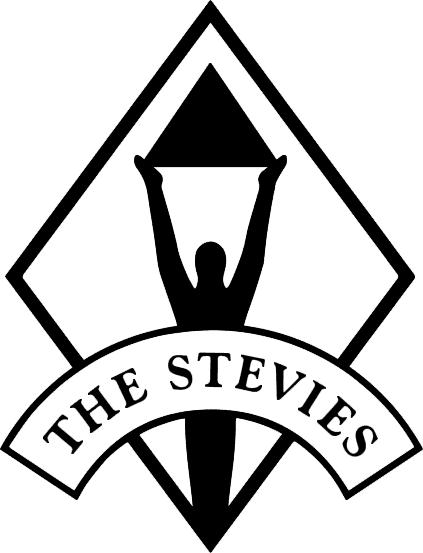DIGITAL AGENCY SERVICES
Participate in a deeply collaborative process to define a digital roadmap for a brand platform that scales, optimizing along the way.
Our Digital Agency Services
STRATEGY
Brand strategy
SEO & content strategyProduct planning
Operational assessment
Omnichannel strategy
Business intelligence
Organizational design
Roadmapping
LEARN MOREUX DESIGN & TECHNOLOGY
Information architecture
SEO & content developmentUX design & branding
Brand voice & copywriting
Web & mobile development
DevOps architecture
Advanced analytics tracking
User acceptance testing
OPTIMIZATION
How We're Different
Our Values
Strategy first
We succeed in fostering lasting relationships. As the roadmap matures, our partnership evolves to add strategically placed value and optimize digital platforms.
Creatively inspired
Any creative process flows out of listening and responding. Grounded in understanding, we collaborate from the perspective of adopting the role of your digital translator to the world.
Grounded in technology
Development of an impactful digital platform begins with selecting technologies as part of the overall blueprint, aligning on tailored recommendations for integration as the business scales to support the present moment and future growth.
Digitally led omnichannel growth
A connected environment is an ecosystem for growth. We are a partner that understands every consumer touchpoint is related and imperative to forecast the holistic health of a business.
Fiscally based & metrics driven
Our statisticians and analysts clarify goals and drive consensus around a focused set of metrics that guide strategy through optimization and ground all decision-making in data.
Integrity invested
Our design and content are most inspired by what inspires you – accessible luxury to innovative technology solutions that improve our world – we dedicate to aligning the core of our client’s intention to their digital presence.
Awards








We use cookies to improve your experience on our website. By continuing to browse this website you are agreeing to our Privacy Policy.


